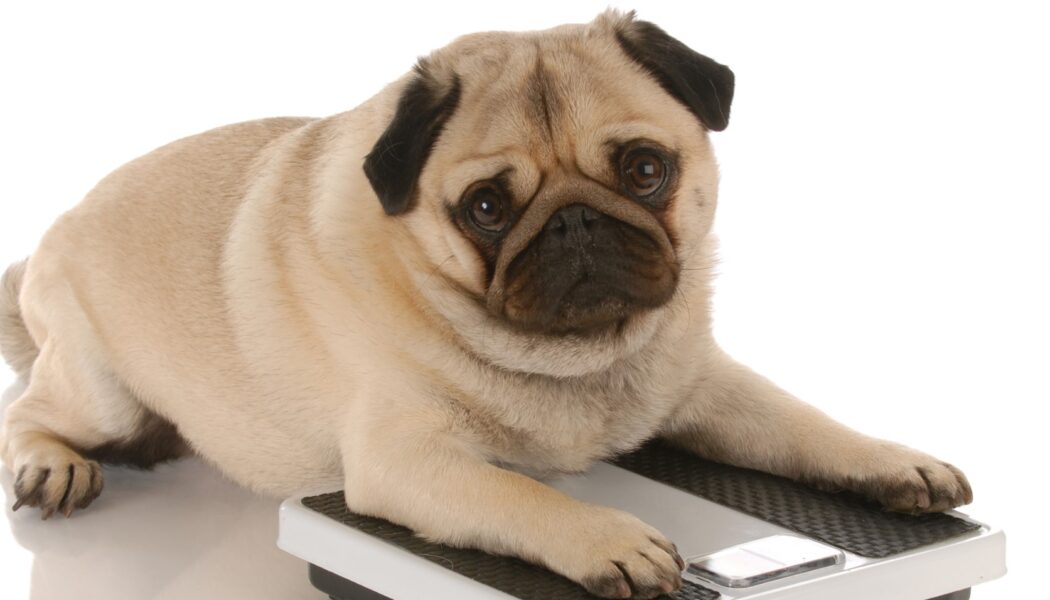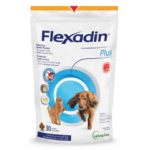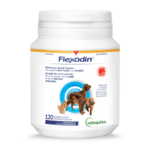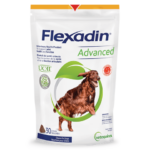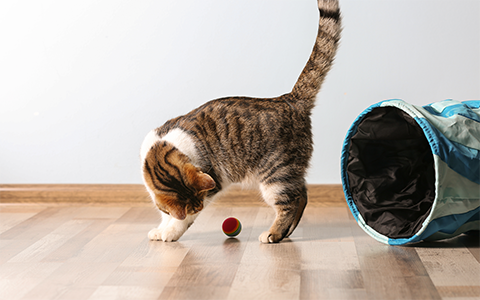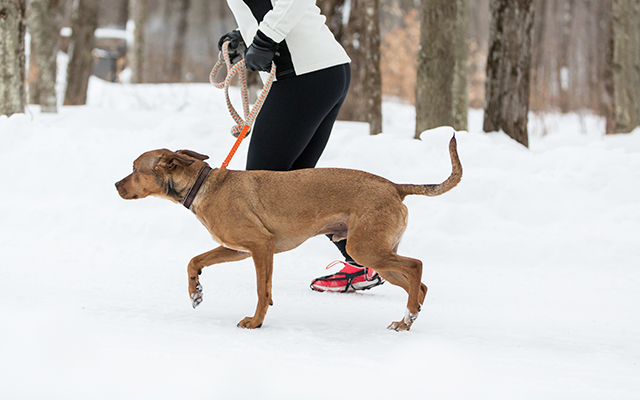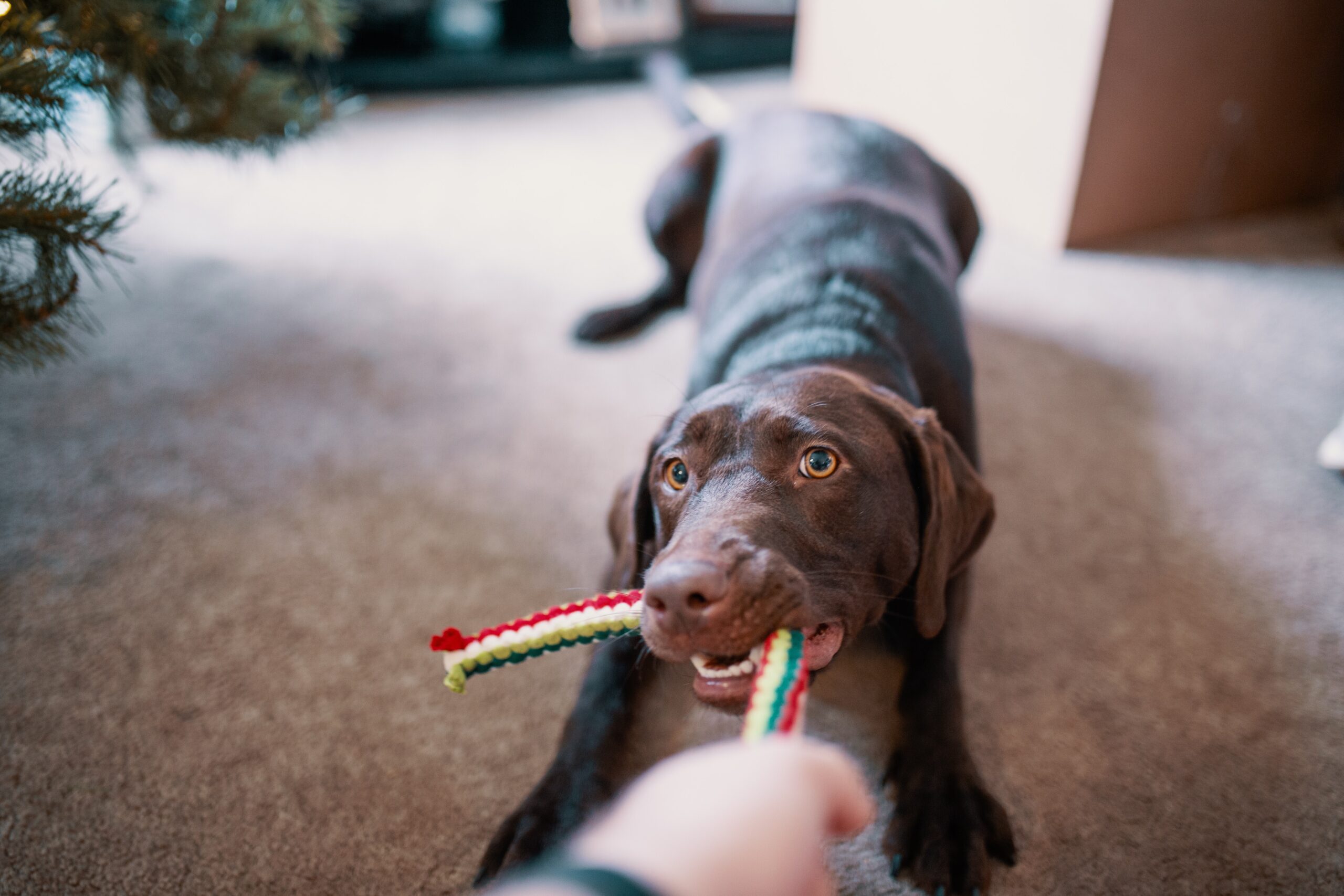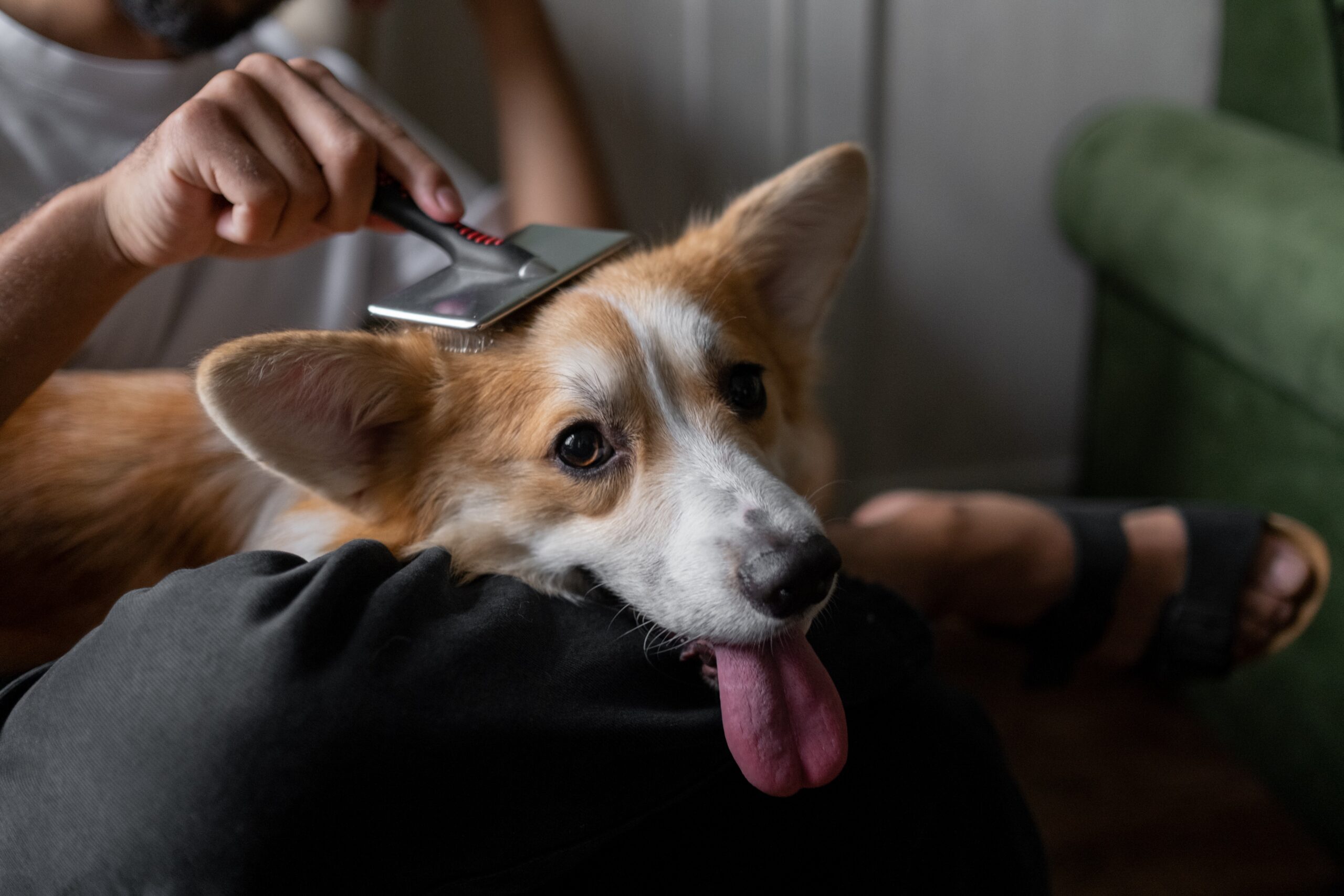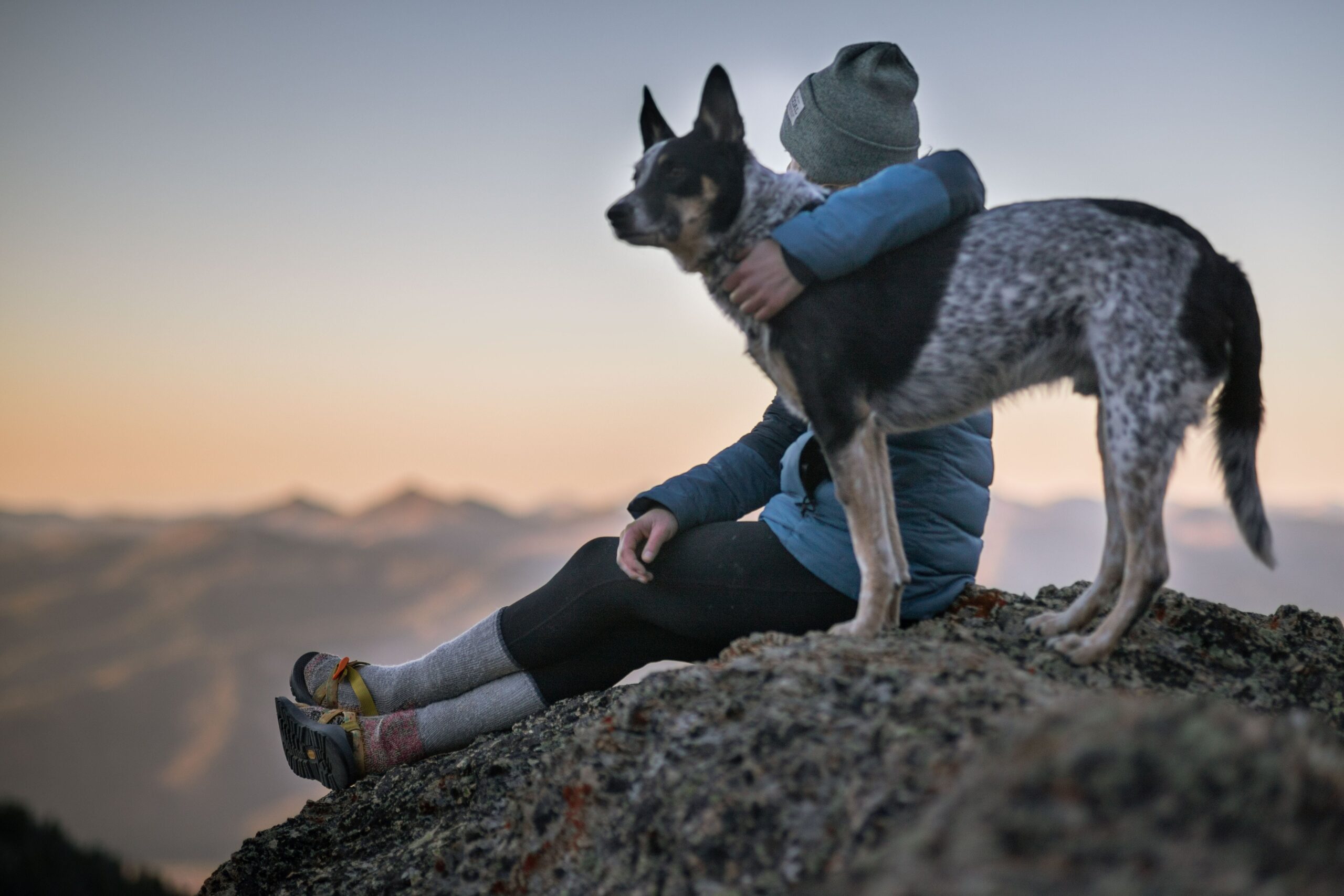Those extra pounds won’t change how much you love your dog. But being overweight or obese increases your dog’s risk of developing many health problems such as diabetes, heart disease, high blood pressure, and joint pain. Here are seven ways to help your furry friend achieve and maintain a healthy weight.
Know your dog’s caloric needs.
To lose weight, your dog needs to spend more calories than they consume. The first step is to determine not how many calories your dog currently needs but how many are necessary to attain their healthy weight goal. Ask your veterinarian for advice—they’ll consider your pet’s age, activity level and other health factors to provide an accurate figure.
Measure your dog’s food. ALL of it.
Based on your veterinarian’s recommendation, measure precisely how much food you should give your dog daily and stick to it. You can break down the necessary quantity per meal or measure it once for the whole day (and keep leftover food in the refrigerator between servings). If you give your dog treats or other food regularly, consider these extra calories.
Make your overweight dog work for their treats.
Treats should be given as rewards for good behaviour and physical activity or as part of dog training. Choose low-calorie, no-sugar dog treats and consider breaking them into smaller pieces to make them last longer. Your dog will still be thrilled to receive one!
Reward your dog with simple, healthy, and natural treats.
Consider skipping highly processed, commercial dog treats and rewarding your dog with healthy, natural food. Most green vegetables such as broccoli, celery and cucumber barely contain any calories (roughly between 8 and 30 calories per serving) and will be a welcome change from their regular diet. Fruit such as apple slices, watermelon, and bananas are healthy options, though they contain sugar and should therefore be given in smaller quantities.
Remember that grapes, raisins, and onions are toxic to dogs.
Walk your dog for 20 to 30 minutes every day.
Limiting your dog’s caloric intake and getting them to spend more energy through daily exercise can shift their weight loss program into high gear. Walking your dog for 20 to 30 minutes at a brisk pace is a healthy way to burn more calories and provides many additional health benefits, such as improving your dog’s immune system, cardiovascular health, flexibility, and overall behaviour.
Switch your dog to a weight-control diet.
Ask your veterinarian if specially formulated dog food could help your pet reach a healthy weight faster. Food designed for weight control typically features more protein yet fewer carbs and calories per serving. Fiber is also frequently added which helps your dog feel full and can reduce begging .
Ask your veterinarian about health supplements.
Many health conditions can hinder your dog’s progress on their fitness journey. Ask your veterinarian if natural supplements could help your pet overcome such issues. For example, 35% of dogs over the age of 4 live with osteoarthritis; a nutritional supplement that supports joint health, such as This product, could help them feel more comfortable walking.

